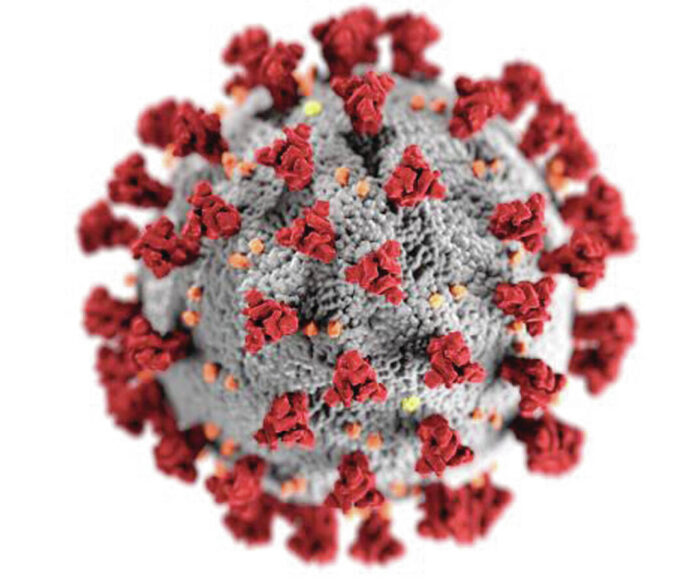CLEVELAND — Two and a half years into the greatest pandemic most of us have ever known, life has mostly returned to normal. At this point, if you haven’t gotten COVID-19 at least once, you’re in the minority.
But what if you get COVID-19 now? How long are you considered contagious? When is it safe to circulate?
The CDC recommendations have not been updated since March. But just in case you need a refresher, here’s what they say:
If you test positive, or are symptomatic and are waiting for a test:
Stay home and isolate for at least five days, or longer if symptoms are not improving.
Do not travel for 10 days.
Wear a mask around others from day six through day 10.
When do I start counting?
Day one is the day after your symptoms start, or, for those without symptoms, the day after you were tested (and came back positive).
So if you wake up with a sore throat on Monday, Tuesday is day one, and you can return to normal activities on Sunday (day six) wearing a mask, as long as symptoms are improving and you do not have fever.
If you have a fever, remain in isolation until you are fever free for 24 hours.
What if I’ve been exposed but I don’t feel sick?
Unfortunately, experts say that infected people start spreading the virus to others 1-2 days before symptoms start, and it’s not uncommon to be completely asymptomatic. Consequently, you may become infected without knowing.
If you were less than 6 feet away from someone with COVID-19 for a total of 15 minutes or more over a 24-hour period, you are considered to have been in close contact.
If you are fully vaccinated or if you have recovered from a documented case of COVID-19 in the last 90 days, congratulations, don a mask and the world is your oyster. Experts recommend wearing a mask around others and avoiding travel for the next 10 days as a precaution, but no quarantine is required.
If you are not vaccinated, or haven’t had COVID-19 in the last three months, then you should quarantine for five days, mask and avoid travel for 10 days.
What about testing?
If you know you’ve been exposed, get tested on day six or later, or after you notice symptoms. If the test is negative, then continue to wear a mask and avoid travel through day 10, but you may return to work or school. If it is positive, follow the quarantine guidelines for people who test positive above.
There’s disagreement among experts about whether a negative test should be required to return to activities after COVID-19 due to the possibility of a rebound.
What about kids in school settings?
The rules for children and adults in schools are slightly different — the main difference being the definition of a close contact. Most schools will make that determination, and the parents of children who are were exposed will be notified. At that point, the rules are the same as for adults.
Where do things stand overall?
In a media briefing in late July, White House COVID-19 Response Coordinator Ashish Jha said more than 70% of the U.S. population has had the virus, according to CDC data. That’s up from 33.5% at the end of 2021.
The omicron subvariants BA.4 and BA.5 are largely responsible for this, as they are considered much more transmissible than earlier versions of the virus. However, given the combination of natural immunity from infections and acquired immunity through vaccination, these days, a case of COVID can have few if any symptoms, and is typically treated as little more than an inconvenience.
But with schools starting up again in just a few weeks and many families already having returned to making travel plans, some might still find themselves wondering what to do if they or a family member tests positive.







